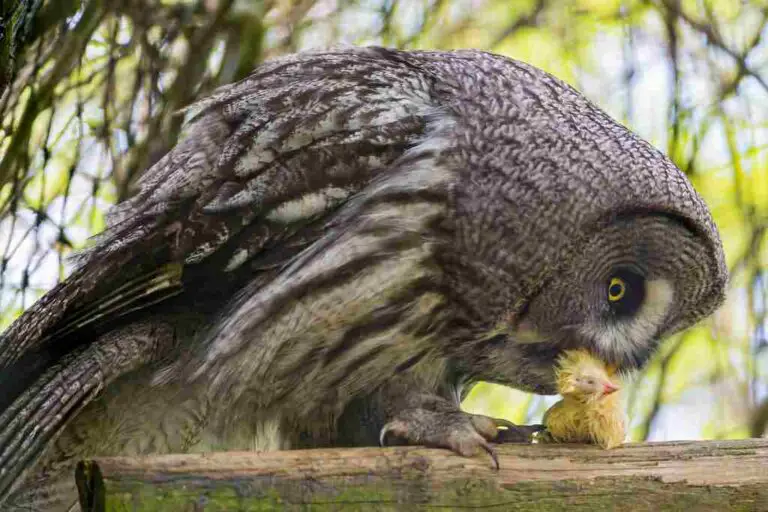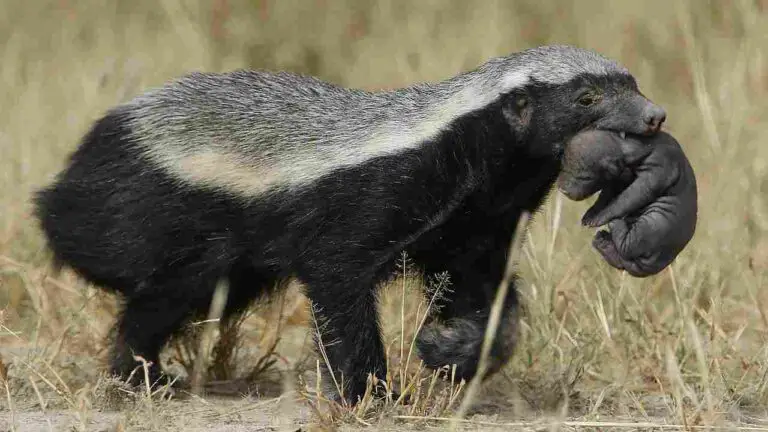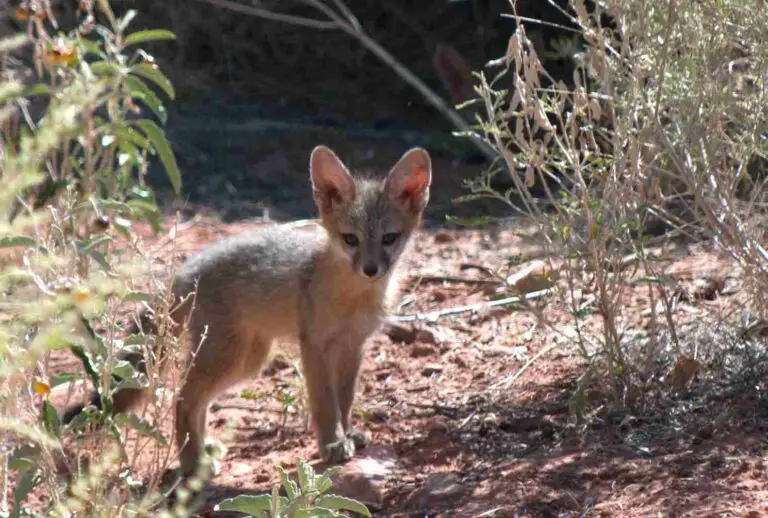Muskrat Vs Rat Size, Weight, Overall Comparison
Muskrats and rats can be differentiated using various criteria such as their size, tail and overall appearance, habitat preferences, as well as their adaptations.
I. Physical Characteristics:
– Muskrats are notably larger than common rats in every dimension. With weights regularly exceeding 4 pounds, heights reaching 5 inches, and lengths extending, muskrats possess a robust physique. In contrast, common rats typically have smaller dimensions.
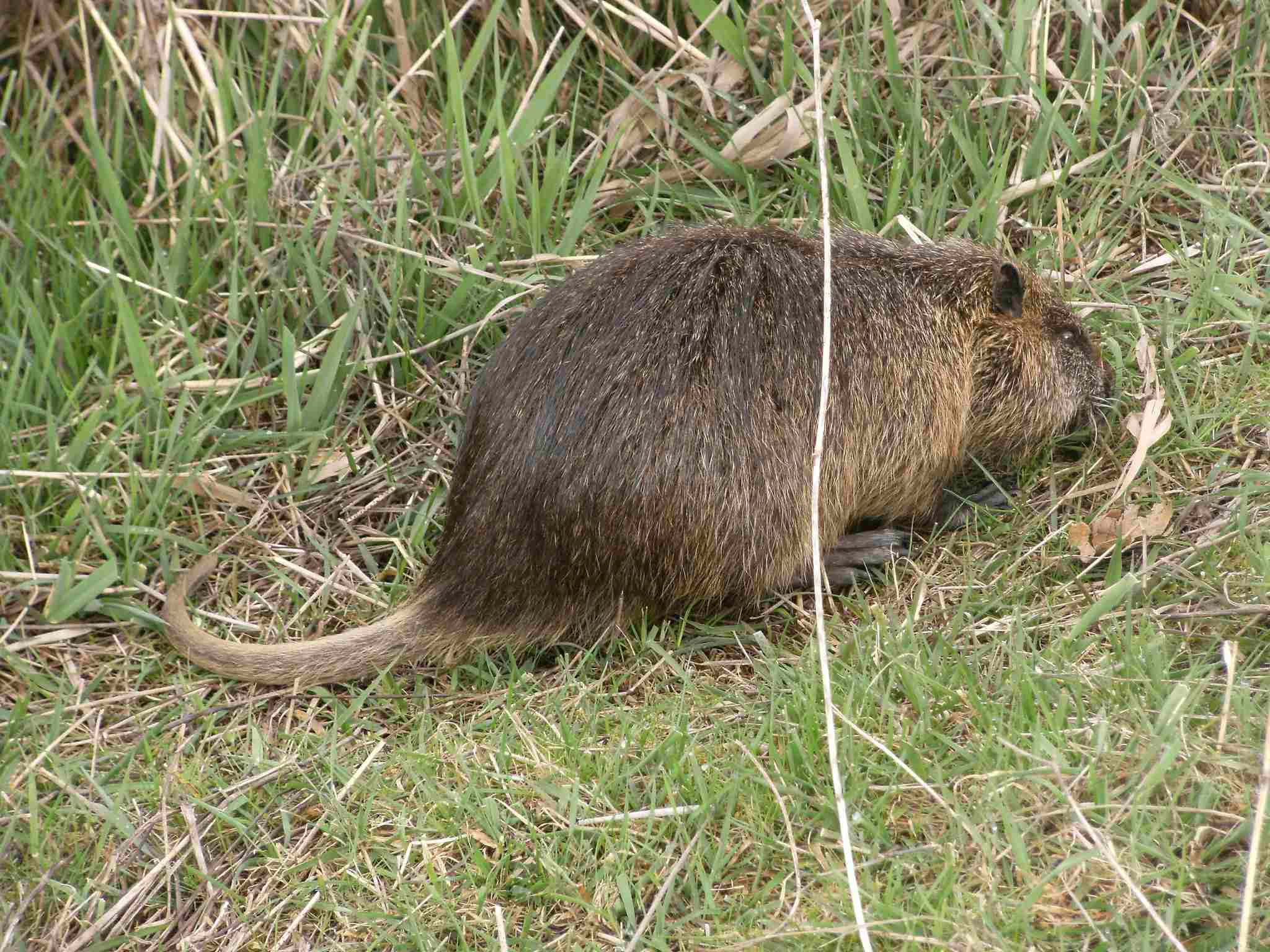
II. Tails and Appearance:
– Muskrats have a thicker, vertically compressed tail and webbed back feet. Their tails, thin and rat-like, lack fur and are not paddle-shaped. This distinguishes them from rats, which have thinner tails. The muskrat’s appearance is stockier, with a thicker coat of fur.
III. Habitat and Behavior:
– Muskrats exhibit preferences for watery habitats and are often found in marshes and wetlands. They avoid human settlements, contributing to their distinction from rats. Rats, on the other hand, are known to inhabit various environments, including human habitats.
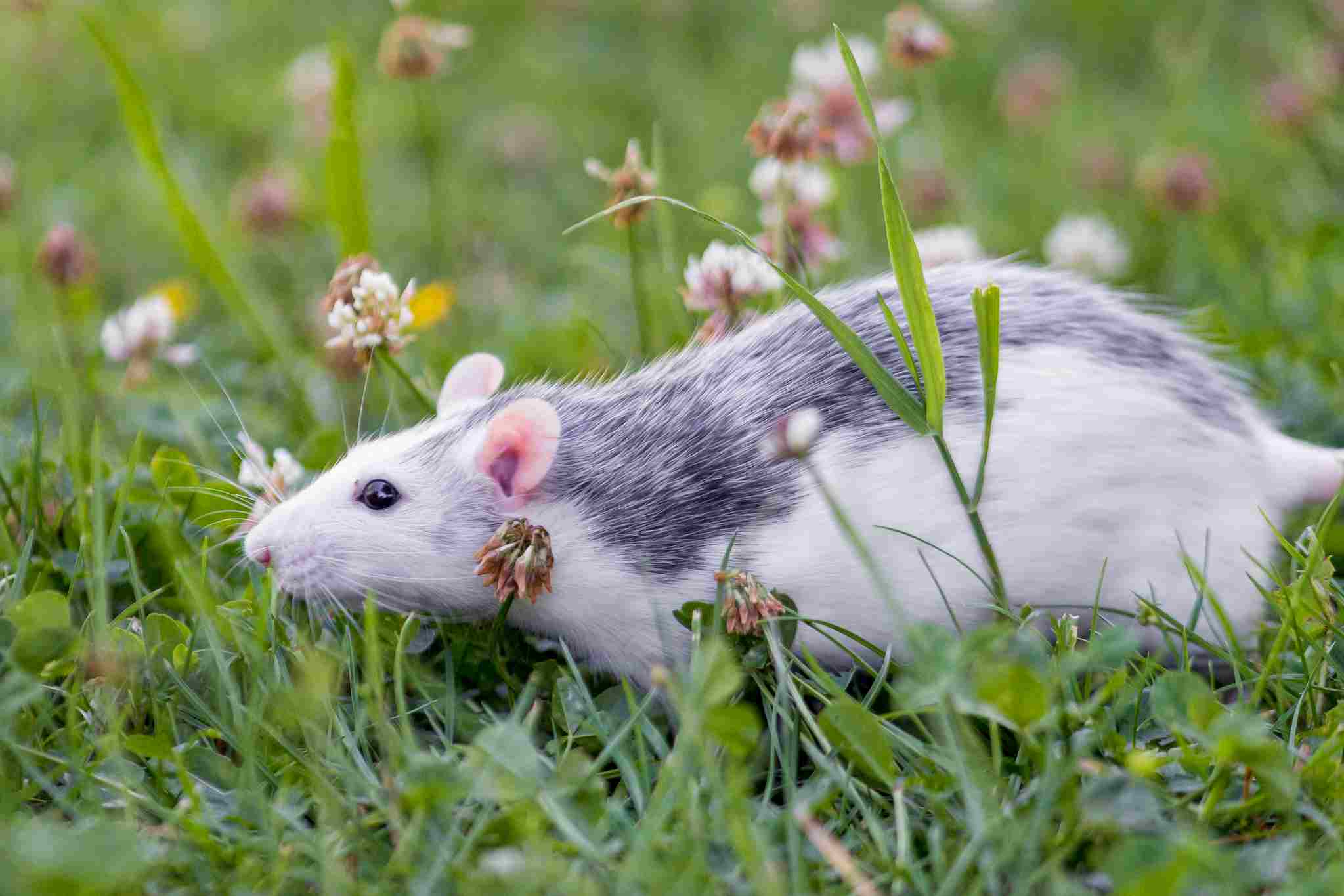
IV. Survival Mechanisms:
– Muskrats possess thicker tails than rats, a crucial adaptation that allows them to survive longer underwater. This is in contrast to rats, which do not have the same level of aquatic adaptation. Recognizing these survival mechanisms sheds light on their respective habitats.
V. Taxonomic Classification:
– While muskrats are medium-sized rodents related to rats in a general sense, they belong to the rodent suborder Castorimorpha. In contrast, common rats are part of the order Rodentia. Understanding their taxonomic classifications provides insights into their evolutionary relationships.
VI. External Observations:
– External observations, including tail thickness, webbed feet, and habitat preferences, offer practical means of distinguishing between muskrats and rats in the wild. Recognizing these external features facilitates accurate identification.
VII. Misconceptions and Identifying Features:
– There are instances of misidentification, with muskrats being mistaken for Norway rats. However, understanding key identifying features, such as thicker tails and habitat preferences, can help differentiate between these species.
VIII. Size and Weight:
– Muskrats are known for their larger overall weight, ranging from 2 to 4 pounds, and body sizes of 10 to 14 inches, plus tails measuring 8 to 11 inches. In contrast, common rats typically have smaller sizes and weights.
IX. Practical Applications:
– Practical applications of this knowledge include pest control measures, where understanding the differences between muskrats and rats is crucial for effective management and control strategies.
*Details of Comparison
| Criteria | Muskrat | Rat |
| Appearance | Streamlined, webbed hind feet, brown fur |
Varied, long slender body, prominent ears, diverse fur colors
|
| Size | Larger, 16-24 inches (including tail) |
Varies, 6-20 inches (including tail)
|
| Weight | 1.5-4 pounds |
Varies, 0.5-2 pounds
|
| Dentition & Bite Force | Herbivorous, moderate bite force |
Omnivorous, variable bite force, strong for size
|
| Offensive Advantages | Hind limbs, sharp incisors for vegetation |
Agility, speed, versatile biting capabilities
|
| Defensive Advantages | Excellent swimmers, camouflaged fur |
Agility, burrowing ability
|
| Speed | 3-4 mph (swimming) |
7 mph or more (running)
|
| Agility | Agile in water and on land |
Highly agile, adaptable to various terrains
|
| Senses | Good touch, smell, and hearing |
Excellent smell and hearing, tactile whiskers
|
| Overall Physical Capacity | Specialized for semi-aquatic life |
Versatile, adaptable to various environments
|
| Habitat Preference | Wetlands, North America, Europe, Asia |
Adaptable, global distribution
|
| Tracks | Webbed hind feet, tail drag mark |
Paw prints with claw marks, less prominent tail trail
|
| Lifespan | 2-3 years |
Varies, 1-3 years
|
| Mode of Feeding | Herbivorous, aquatic plants |
Omnivorous, grains, fruits, insects
|
| Intelligence | Limited cognitive abilities |
Highly intelligent, problem-solving, social
|
| Social Behavior | Generally solitary |
Highly social, colonies, hierarchies
|
| Reproduction | Seasonal breeding, nests in marsh vegetation |
Year-round reproduction, nests in burrows
|
| Parental Behavior | Builds nests, maternal care |
Builds nests, maternal care
|
| Proximity to Humans | Wetlands, less associated with human areas |
Highly adaptable, found in urban, suburban, rural settings
|
| Behavior Toward Humans | Generally avoids direct interaction |
Varied levels of tolerance or avoidance
|
| Danger to Humans | Minimal direct danger, potential indirect risks |
Minimal direct danger, potential indirect risks (disease, property damage)
|
| Precautions | Caution in wetland disturbance |
Pest control measures, sanitation
|
| Conservation Status | Generally of least concern |
Varied statuses, including critically endangered
|
Key Points
Similarities:
-
- Both rodents with short lifespans and high reproductive rates.
Differences:
-
- Muskrats are semi-aquatic, herbivorous, and generally associated with wetlands; rats are adaptable omnivores found in various environments, including human-inhabited areas.
1. Taxonomy:
Muskrat (Ondatra zibethicus):
Kingdom: Animalia
Phylum: Chordata
Class: Mammalia
Order: Rodentia
Family: Cricetidae
Genus: Ondatra
Species: zibethicus
Rat (Rattus spp.):
Kingdom: Animalia
Phylum: Chordata
Class: Mammalia
Order: Rodentia
Family: Muridae
Genus: Rattus (various species)
Muskrats belong to the family Cricetidae, while rats encompass various species within the family Muridae.
2. Appearance:
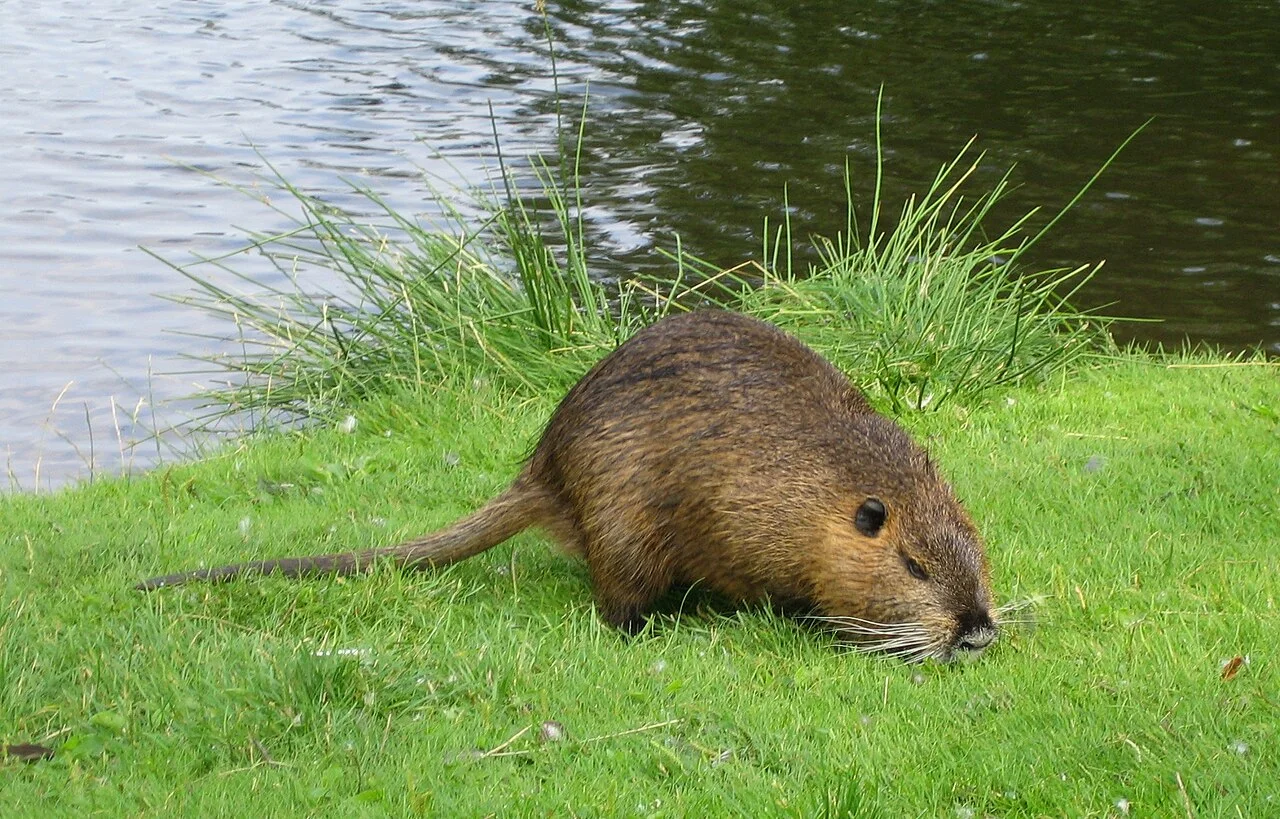
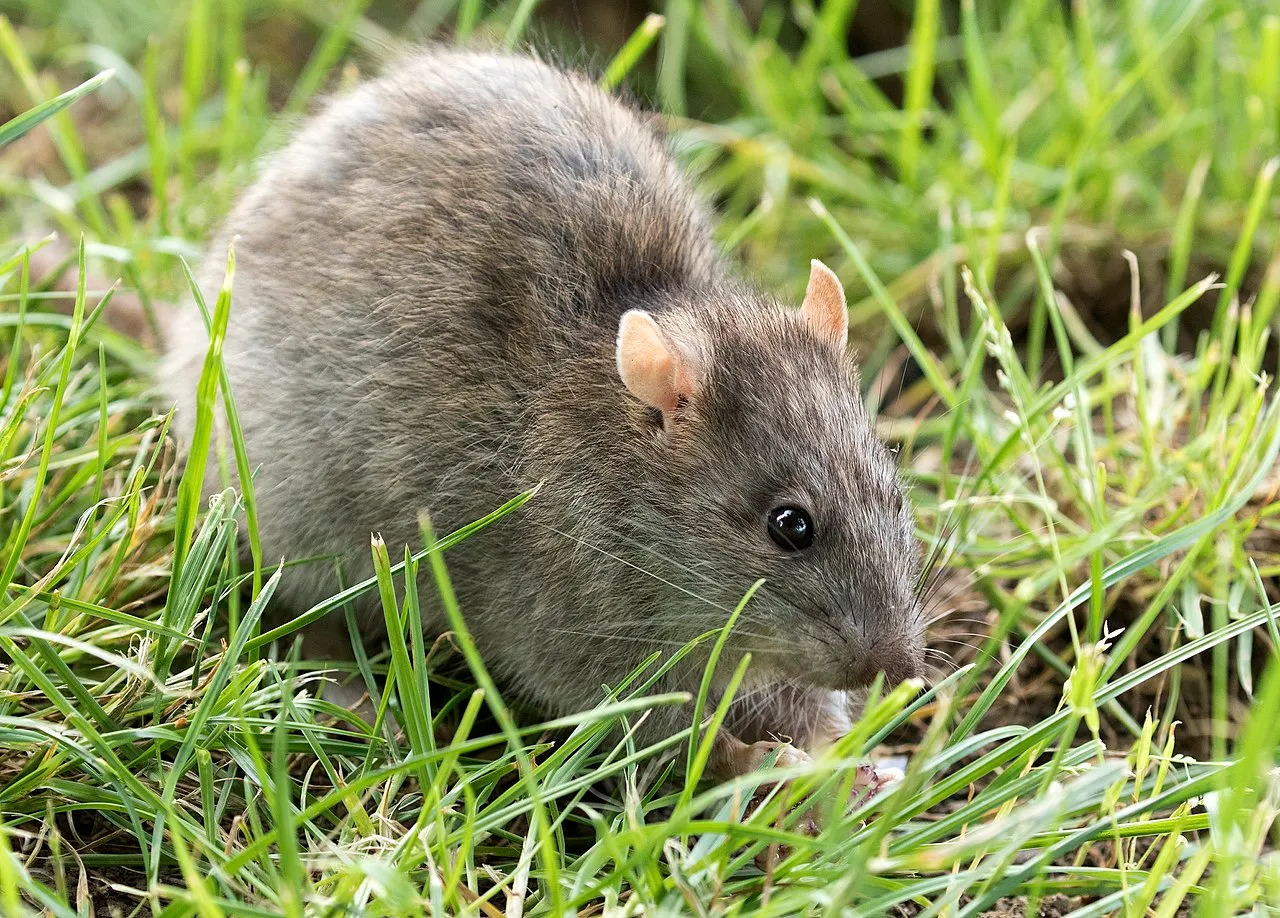
Muskrat:
Streamlined body, dense fur, and a scaly, laterally flattened tail.
Small, rounded ears and partially webbed hind feet.
Typically brown with a lighter underside.
Rat:
Varied appearances depending on the species; generally, a long, slender body with a long, scaly tail.
Fur color can range from brown and gray to black.
Prominent, large ears.
Comparison: Muskrats have a more streamlined appearance, adapted for aquatic environments, while rats exhibit greater diversity in body structure, with a distinct emphasis on long tails and large ears in many species.
Ecological Implications: Muskrats’ streamlined bodies enhance swimming ability, aiding in their semi-aquatic lifestyle. Rats’ adaptability in appearance contributes to their success in diverse environments, making them a ubiquitous presence worldwide.
3. Size:
Muskrat:
Length: 16-24 inches (including the tail).
Weight: 1.5-4 pounds.
Rat:
Size varies among species.
Length: Ranges from 6 to 20 inches (including the tail).
Weight: Varies from 0.5 to 2 pounds.
Comparison: Muskrats, on average, are larger than most rat species, with longer bodies and tails.
Ecological Implications: Size influences ecological roles; larger muskrats may have different impacts on their environment compared to smaller, more numerous rats.
4. Weight:
Muskrat:
1.5-4 pounds.
Rat:
Varies from 0.5 to 2 pounds.
Comparison: Muskrats generally weigh more than rats, contributing to their overall larger size.
Ecological Implications: Weight is a factor in ecological interactions, affecting resource consumption and competition. Muskrats, being larger, might have different ecological roles and resource needs compared to rats.
5. Dentition and Bite Force (PSI – Pounds per Square Inch):
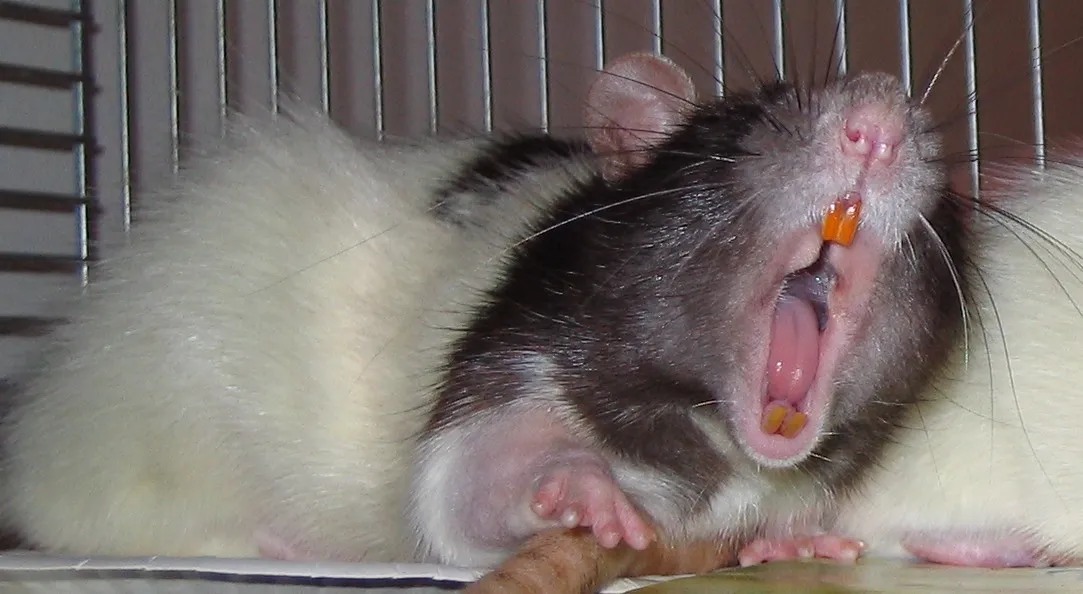
Muskrat:
Sharp incisors adapted for gnawing plant material.
Bite force: Moderate.
Rat:
Sharp incisors suitable for gnawing on various materials, including wood and food.
Bite force: Variable among species; generally strong for their size.
Comparison: Both muskrats and rats have sharp incisors, but rats may have a more diverse diet, requiring a range of biting capabilities.
Ecological Implications: Dentition and bite force influence feeding habits, impacting the types of resources each species can exploit in their respective environments. Rats’ versatile biting abilities contribute to their success in diverse habitats.
6. Physical Offensive Advantages:
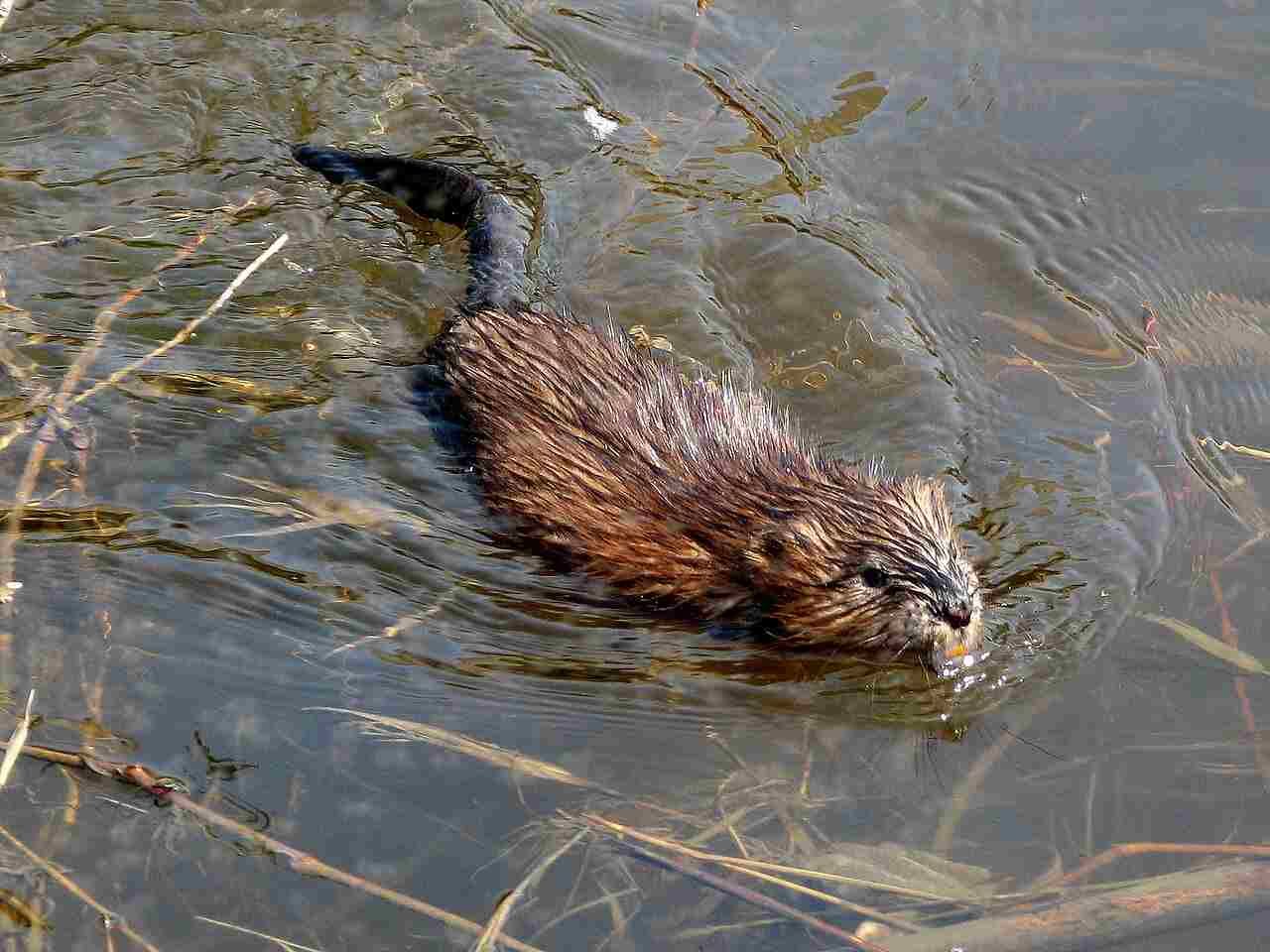
Muskrat:
Powerful hind limbs for swimming.
Sharp incisors for cutting through vegetation.
Rat:
Agility and speed for evading predators.
Sharp incisors and versatile biting capabilities for feeding on a variety of materials.
Comparison: Muskrats possess offensive advantages tailored to their semi-aquatic lifestyle, while rats’ offensive abilities are versatile, enabling them to adapt to different ecological niches.
Ecological Implications: These offensive traits contribute to the ecological roles each species plays in their respective habitats, influencing their interactions with other species and the environment.
7. Physical Defensive Advantages:
Muskrat:
Excellent swimmers, can escape through water.
Well-camouflaged fur provides protection.
Rat:
Agility and speed for escaping predators.
Burrowing ability provides refuge.
Comparison: Both muskrats and rats employ agility and specific adaptations for defense, with muskrats relying on water and camouflage, while rats utilize burrows.
Ecological Implications: Defensive strategies impact the predator-prey dynamics and the overall balance within their ecosystems.
8. Speed (Km/hour or Mile/hour):
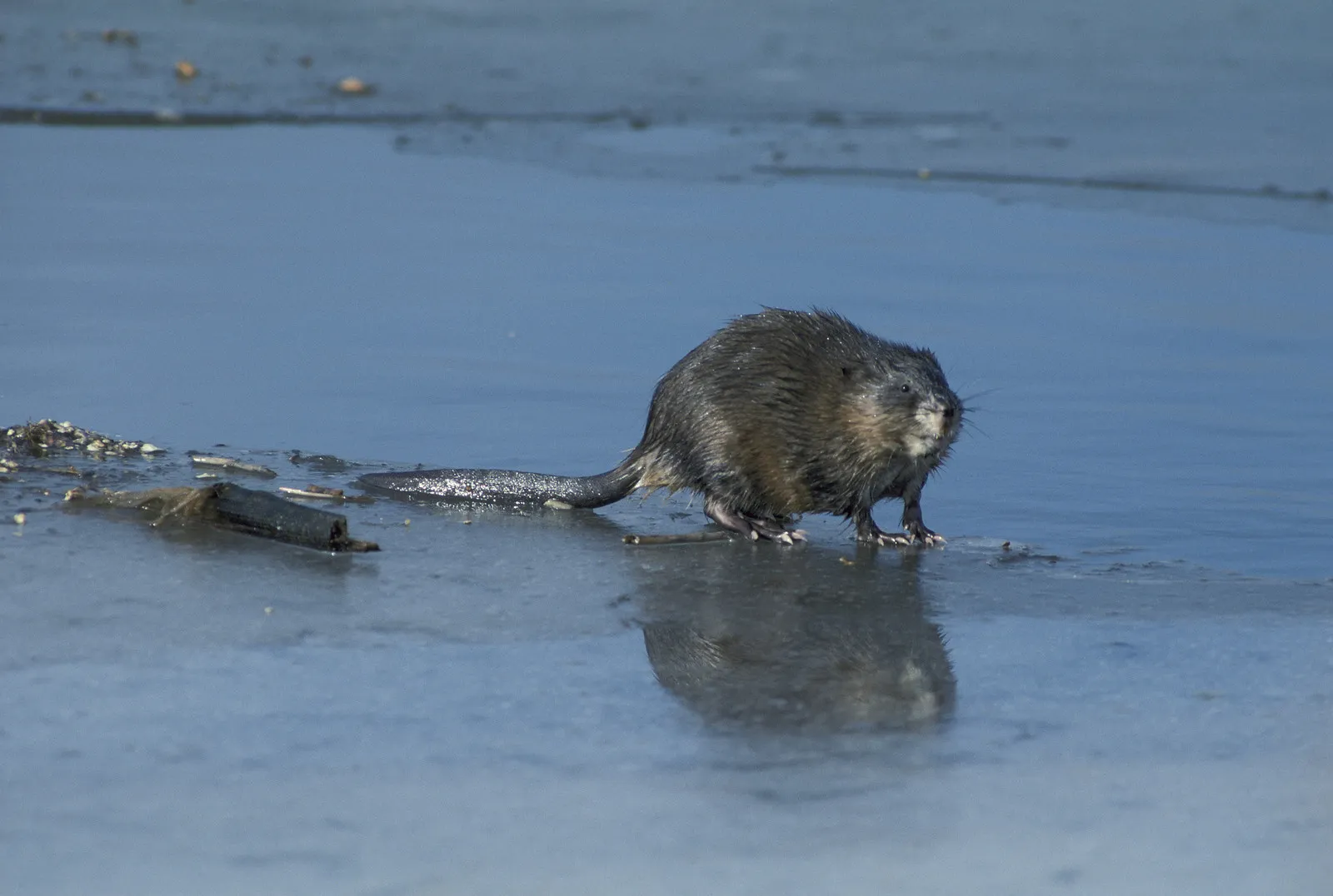
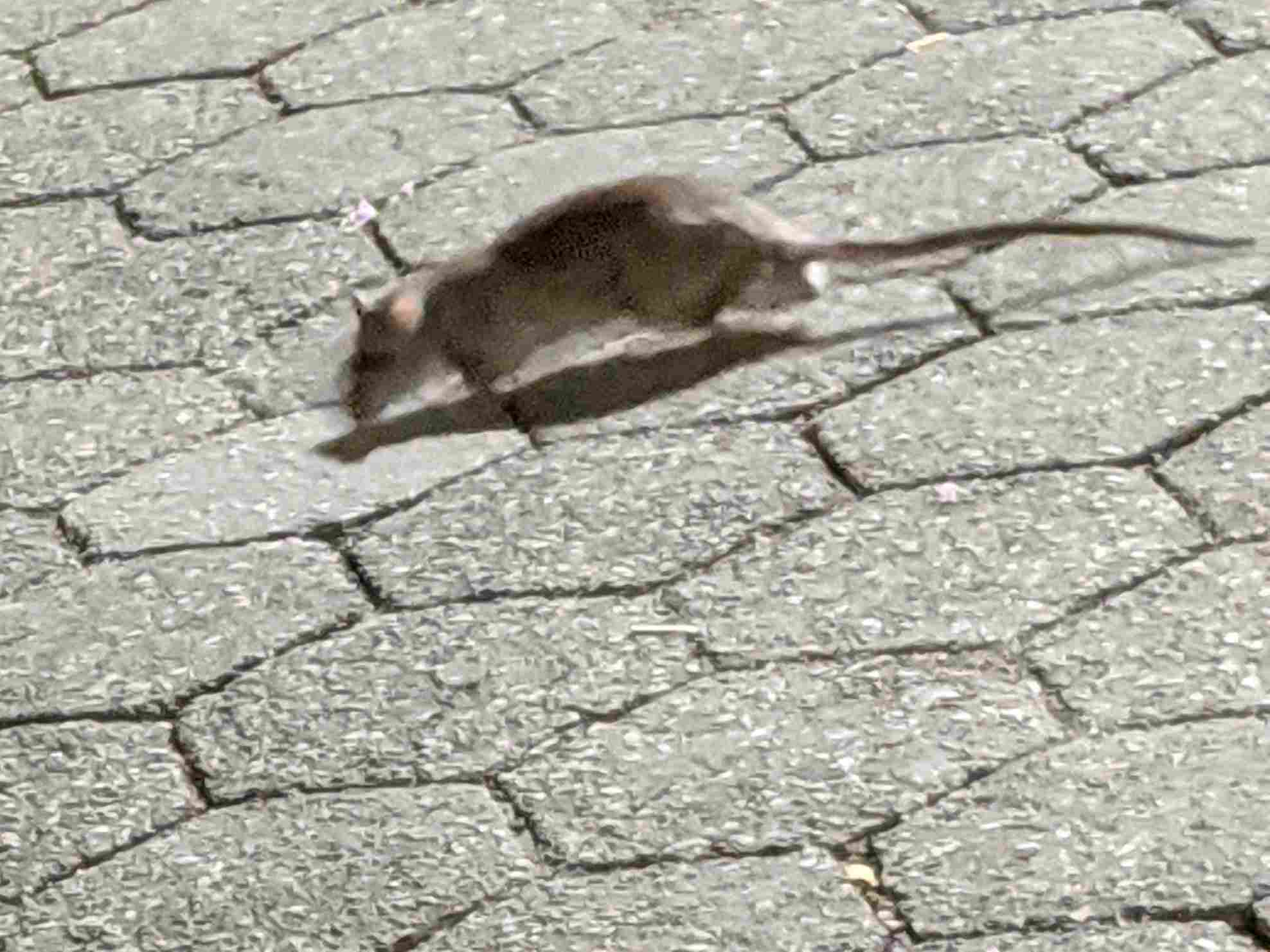
Muskrat:
Capable swimmers, reaching speeds of 3-4 mph (4.8-6.4 km/h) in water.
Rat:
Agile runners, reaching speeds of 7 mph (11.3 km/h) or more.
Comparison: Muskrats are faster swimmers, while rats exhibit higher running speeds on land.
Ecological Implications: Speed influences foraging efficiency, predator avoidance, and overall survival strategies in their respective habitats.
9. Agility:
Muskrat:
Agile in water and on land.
Well-adapted for navigating through aquatic vegetation.
Rat:
Highly agile, able to climb, jump, and navigate various terrains.
Comparison: Both muskrats and rats display high agility, but muskrats excel in aquatic environments, while rats exhibit versatility in different terrains.
Ecological Implications: Agility is crucial for accessing resources, escaping predators, and adapting to the challenges of their specific habitats. The ecological impacts vary based on the agility of each species within their environments.
10. Senses:
Muskrat:
Good sense of touch with sensitive vibrissae (whiskers).
Well-developed sense of smell and hearing.
Rat:
Excellent sense of smell and hearing.
Tactile whiskers for navigation.
Comparison: Both muskrats and rats rely on keen senses, with some differences in emphasis; muskrats may prioritize touch in aquatic environments, while rats may emphasize olfaction in various habitats.
Ecological Implications: Sensory adaptations influence how each species perceives and interacts with their environment, impacting their foraging, communication, and predator detection.
11. Overall Physical Capacity:
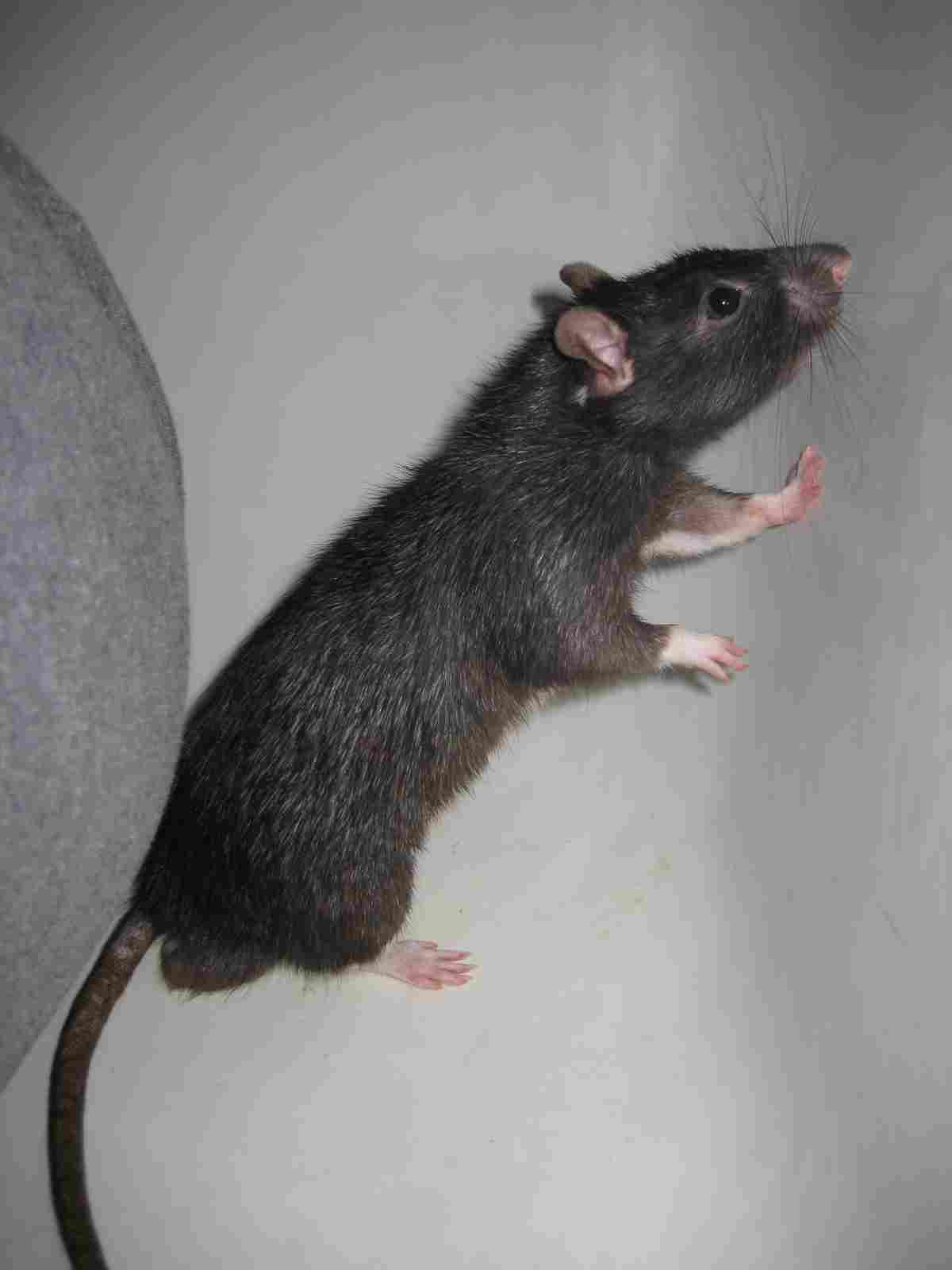
Muskrat:
Specialized for semi-aquatic life with adaptations for swimming and herbivorous feeding.
Rat:
Versatile in adapting to various environments, displaying agility, and having a varied diet.
Comparison: Muskrats are specialized for a semi-aquatic lifestyle, whereas rats exhibit adaptability to diverse ecological niches.
Ecological Implications: The overall physical capacity of each species shapes their ecological roles and influences their impact on the ecosystem.
12. Habitat Preference(s) and Geographic Region:
Muskrat:
Prefers wetlands, marshes, and slow-moving water bodies.
Common in North America, Europe, and parts of Asia.
Rat:
Highly adaptable, found in urban, suburban, and rural areas.
Distributed globally in a wide range of habitats.
Comparison: Muskrats have a more specific habitat preference, while rats are highly adaptable, occupying diverse environments globally.
Ecological Implications: Habitat preferences affect the distribution of each species, contributing to their ecological impact and interactions with other organisms.
13. Tracks:
Muskrat:
Webbed hind feet leave distinctive tracks in mud.
Tail drag mark may be visible.
Rat:
Paw prints with distinct claw marks.
Tail may leave a trail but not as prominent as muskrats.
Comparison: Muskrat tracks are characterized by webbed prints, reflecting their semi-aquatic lifestyle, while rat tracks typically show claw marks and are adapted to various terrains.
Ecological Implications: Tracking allows for the identification of species presence, aiding in ecological studies and understanding population dynamics in their respective habitats.
14. Lifespan:
Muskrat:
Typically 2-3 years in the wild.
Rat:
Varied lifespan depending on species; generally 1-3 years in the wild.
Comparison: Muskrats and rats share relatively short lifespans, with variability based on factors such as species, environmental conditions, and predation.
Ecological Implications: Short lifespans impact population dynamics, reproduction rates, and ecological interactions within their respective ecosystems.
15. Mode of Feeding:
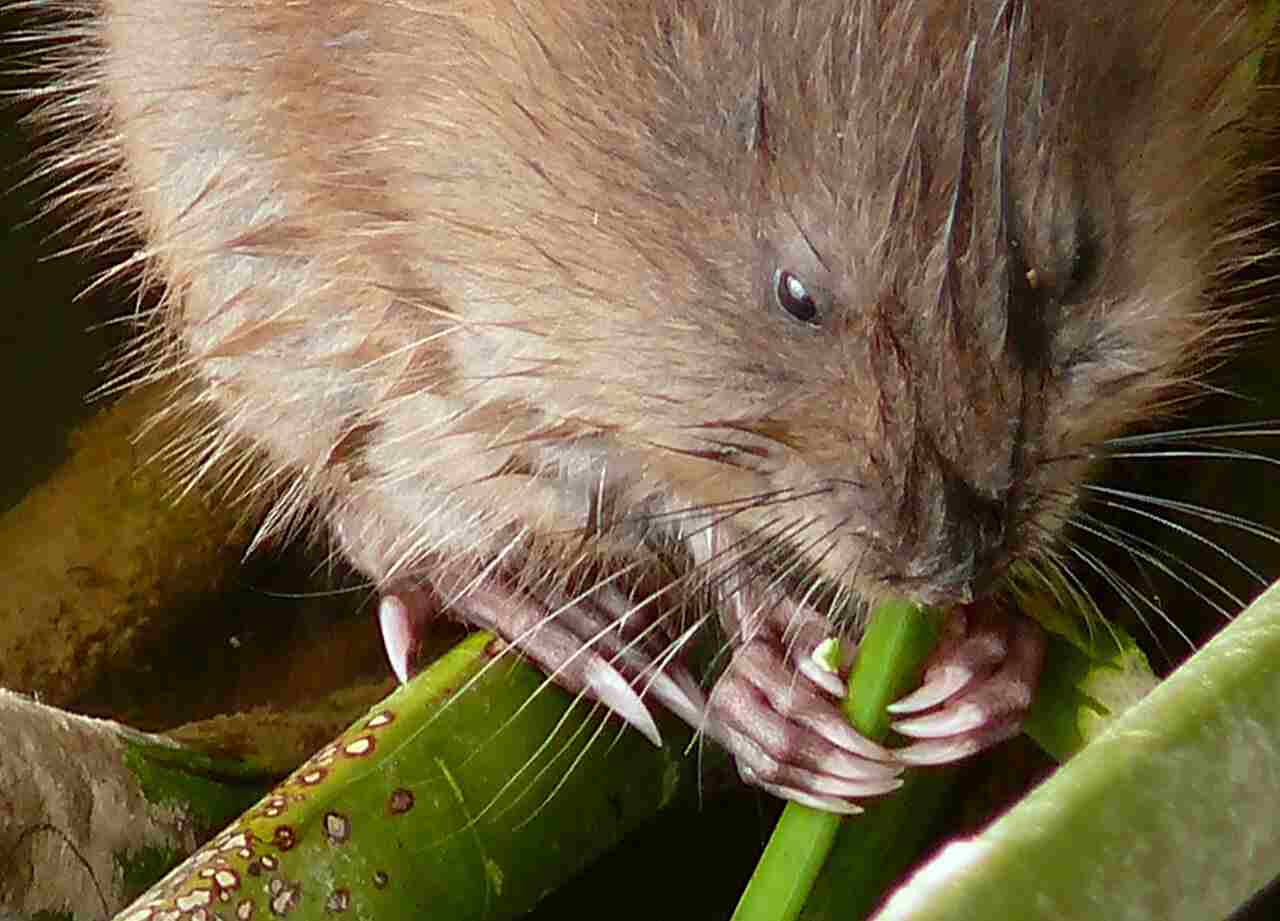
Muskrat:
Herbivorous diet, primarily consuming aquatic plants, roots, and tubers.
Rat:
Omnivorous diet, including grains, fruits, insects, and occasionally small vertebrates.
Comparison: Muskrats are herbivores, specialized for plant-based diets, while rats are opportunistic omnivores with a broader range of food sources.
Ecological Implications: Differences in feeding habits contribute to the ecological roles of each species, influencing vegetation dynamics and potential competition with other herbivores or omnivores.
16. Intelligence:
Muskrat:
Limited cognitive abilities focused on survival instincts.
Rat:
Highly intelligent, displaying problem-solving skills, adaptability, and social behaviors.
Comparison: Rats exhibit higher intelligence, with problem-solving abilities and social behaviors, while muskrats rely more on basic survival instincts.
Ecological Implications: Intelligence affects how each species interacts with their environment, potentially influencing resource utilization and adaptability.
17. Social Behavior:

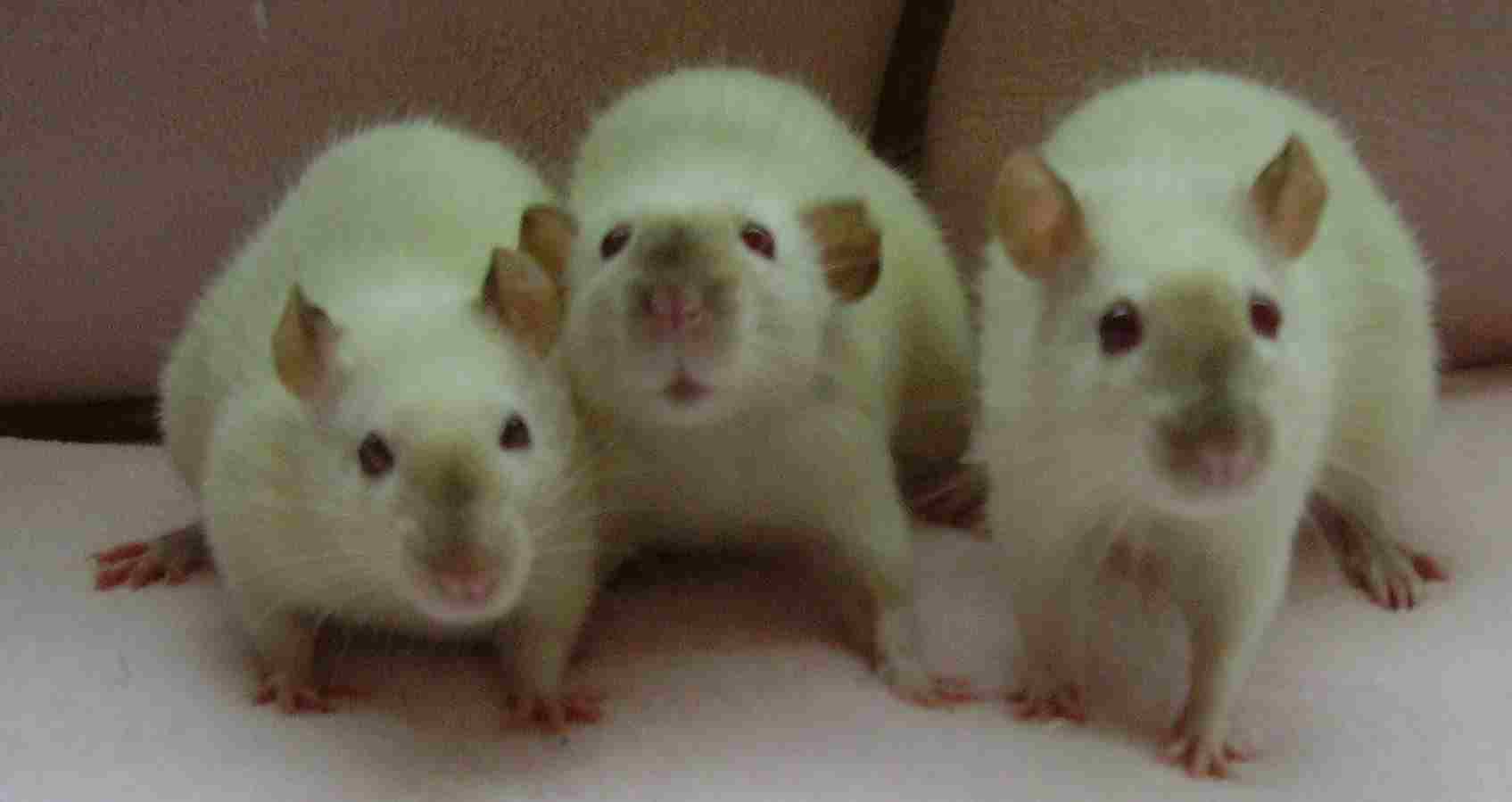
Muskrat:
Generally solitary, with occasional interactions during the mating season.
Rat:
Highly social, displaying complex social structures with colonies and hierarchies.
Comparison: Muskrats are primarily solitary, while rats exhibit intricate social behaviors, living in colonies with defined hierarchies.
Ecological Implications: Social structures impact population dynamics, resource utilization, and the overall ecological roles of each species within their habitats.
18. Mode of Reproduction:
Muskrat:
Seasonal breeders, with peak activity in late winter and early spring.
Gestation period of about 28-30 days.
Rat:
Capable of year-round reproduction, influenced by food availability and environmental conditions.
Short gestation periods, typically around 21-23 days.
Comparison: Muskrats exhibit more seasonally restricted breeding, while rats have a more flexible reproductive schedule influenced by environmental factors.
Ecological Implications: Reproductive strategies impact population dynamics, with potential consequences for resource competition and predator-prey relationships.
19. Parental Behavior:
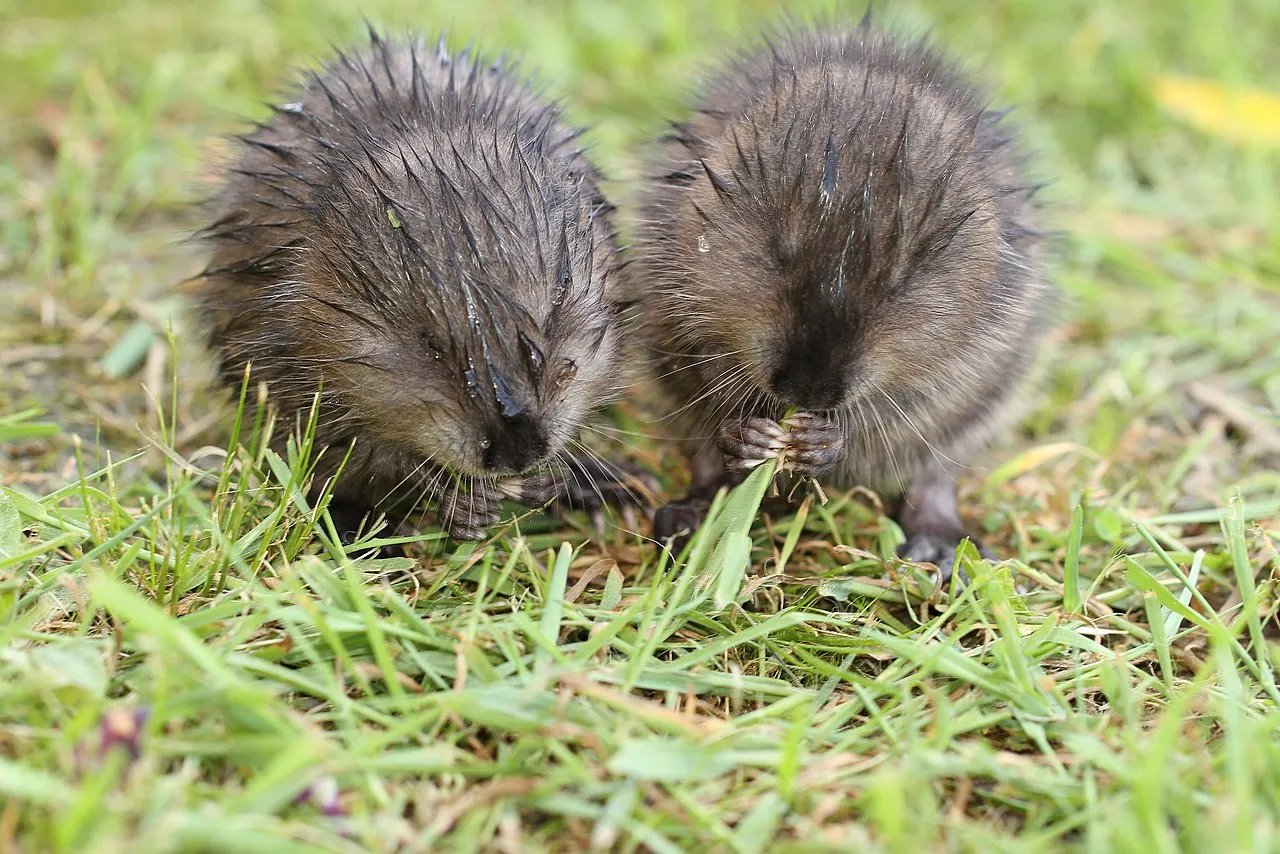
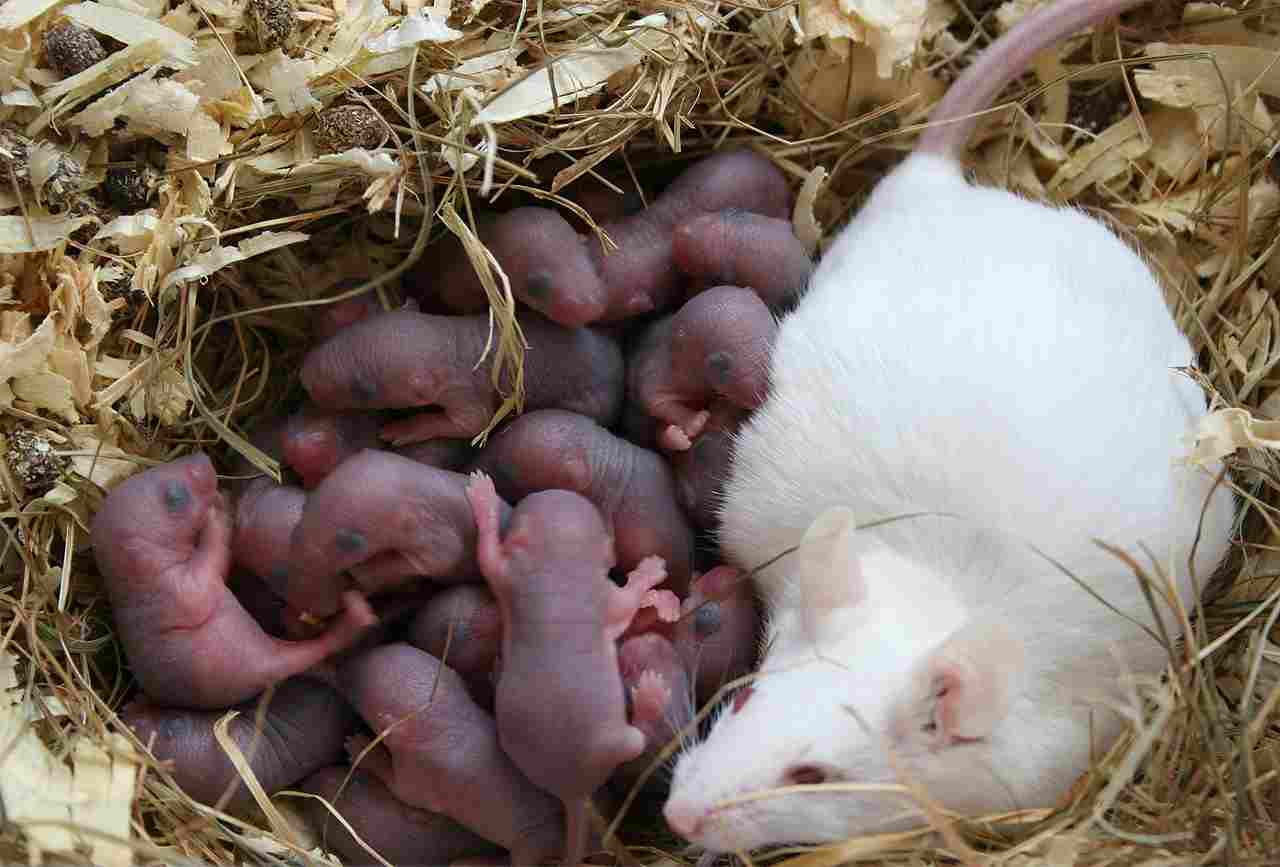
Muskrat:
Females build nests for offspring in marsh vegetation.
Mothers care for and nurse the young.
Rat:
Females build nests in burrows or concealed locations.
Mothers provide care, nursing, and protection to their offspring.
Comparison: Both muskrats and rats display maternal care, building nests and providing protection to their young.
Ecological Implications: Parental behavior influences the survival rates of offspring and contributes to the overall stability of each species’ population.
20. Proximity to Human-Inhabited Areas:
Muskrat:
Typically found in wetlands, away from densely populated areas.
Rat:
Highly adaptable, thriving in urban, suburban, and rural settings.
Comparison: Muskrats are more associated with natural habitats, while rats have successfully adapted to coexist with humans in a wide range of environments.
Ecological Implications: The proximity to human-inhabited areas influences the likelihood of human-wildlife conflicts and the potential for ecological disturbances.
21. Behavior Toward Humans:
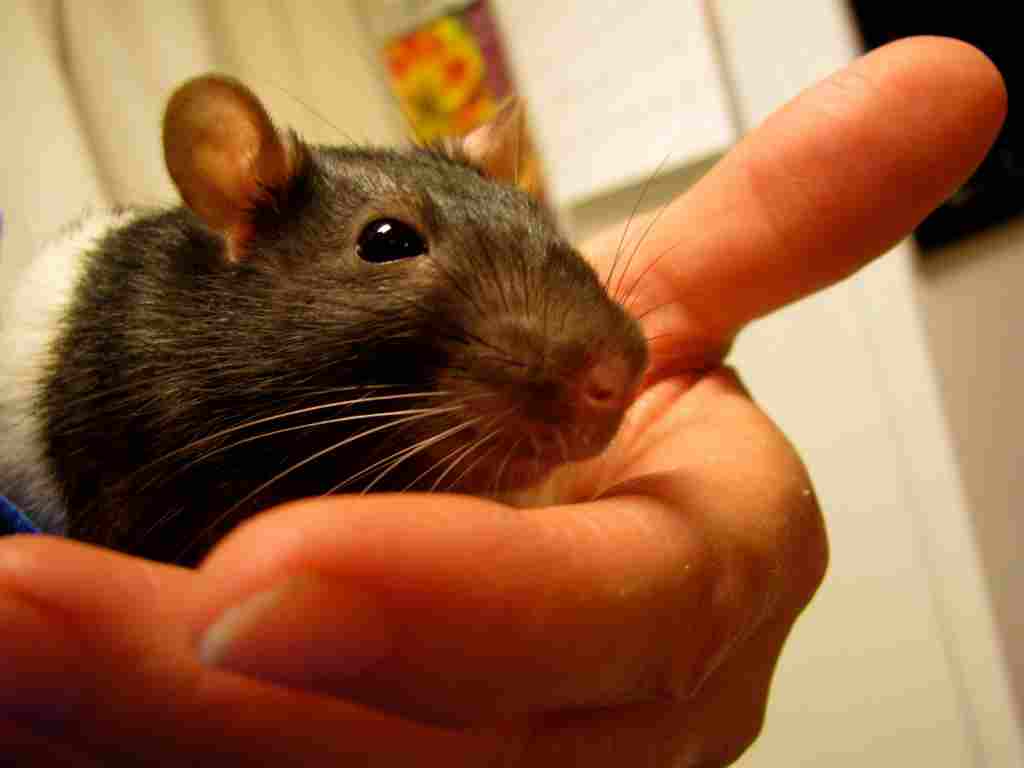
Muskrat:
Generally avoids direct interaction with humans.
May become defensive if cornered.
Rat:
Can display varying levels of tolerance or avoidance of humans, depending on the species and local conditions.
Comparison: Muskrats are more likely to avoid direct interaction, while rats may exhibit diverse behaviors, influenced by species and their level of adaptation to human presence.
Ecological Implications: The behavior of each species towards humans affects their coexistence and potential impacts on human activities and structures.
22. Danger Posed to Humans:
Muskrat:
Generally poses minimal danger to humans.
May act defensively if cornered but typically avoids confrontations.
Rat:
Rarely poses direct danger to humans, but certain species may carry diseases or cause damage to property.
Comparison: Both muskrats and rats generally pose minimal direct danger to humans, but rats, depending on the species, may present indirect risks through disease transmission or property damage.
Ecological Implications: The impact on human safety and well-being influences perceptions and potential management strategies for these species in human-inhabited areas.
23. Associated Precautions:
Muskrat:
Minimize activities that disturb wetland habitats.
Use caution when approaching muskrat dens to avoid stress or defensive behavior.
Rat:
Implement pest control measures to manage rat populations in human environments.
Practice proper sanitation to reduce the attractiveness of areas to rats.
Comparison: Precautions associated with muskrats focus on habitat conservation, while those for rats often involve pest management strategies and sanitation.
Ecological Implications: Proactive measures can mitigate potential negative impacts and promote coexistence with these species in their respective habitats.
24. Conservation Status:
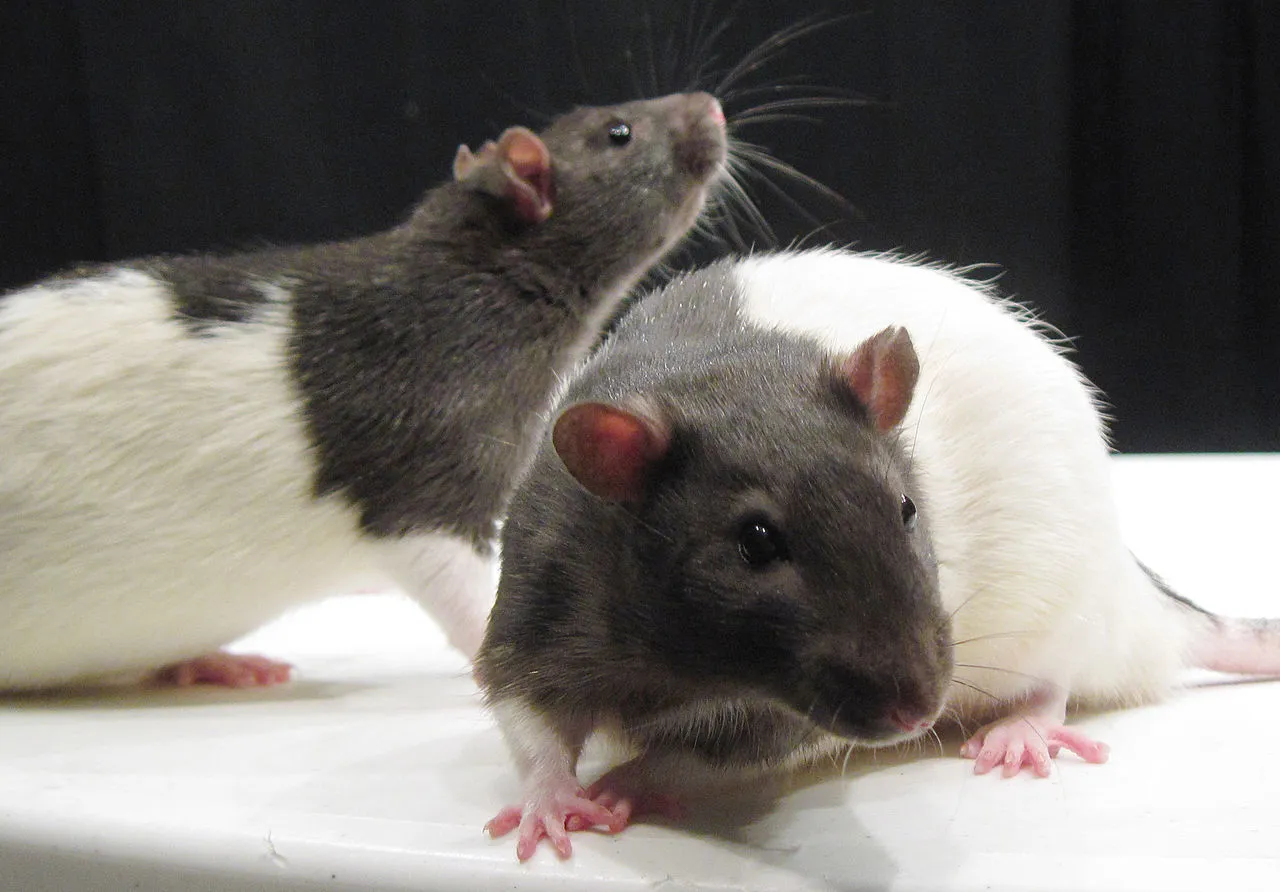
Muskrat:
Generally considered a species of least concern.
Population status may be influenced by habitat loss and water quality.
Rat:
Various rat species have diverse conservation statuses, ranging from least concern to critically endangered, depending on the specific species and region.
Comparison: Muskrats are often more stable in terms of conservation status compared to rats, which can exhibit a wide range of statuses depending on the species.
Ecological Implications: Conservation statuses reflect the overall health of populations and ecosystems, influencing conservation priorities and management strategies.
*Summary of Comparison
Appearance:
Muskrat: Streamlined body, partially webbed hind feet, brown fur.
Rat: Varied appearances, long slender body, prominent ears, diverse fur colors.
Size:
Muskrat: Larger, 16-24 inches (including tail).
Rat: Varies, 6-20 inches (including tail).
Weight:
Muskrat: 1.5-4 pounds.
Rat: Varies, 0.5-2 pounds.
Dentition and Bite Force (PSI):
Muskrat: Herbivorous, moderate bite force.
Rat: Omnivorous, variable bite force, strong for size.
Physical Offensive Advantages:
Muskrat: Powerful hind limbs, sharp incisors for cutting vegetation.
Rat: Agility, speed, versatile biting capabilities.
Physical Defensive Advantages:
Muskrat: Excellent swimmers, camouflaged fur.
Rat: Agility, burrowing ability.
Speed:
Muskrat: 3-4 mph (swimming).
Rat: 7 mph or more (running).
Agility:
Muskrat: Agile in water and on land.
Rat: Highly agile, adaptable to various terrains.
Senses:
Muskrat: Good touch, smell, and hearing.
Rat: Excellent smell and hearing, tactile whiskers.
Overall Physical Capacity:
Muskrat: Specialized for semi-aquatic life.
Rat: Versatile, adaptable to various environments.
Habitat Preference(s) and Geographic Region:
Muskrat: Wetlands, North America, Europe, Asia.
Rat: Adaptable, global distribution.
Tracks:
Muskrat: Webbed hind feet, tail drag mark.
Rat: Paw prints with claw marks, less prominent tail trail.
Lifespan:
Muskrat: 2-3 years.
Rat: Varies, 1-3 years.
Mode of Feeding:
Muskrat: Herbivorous, aquatic plants.
Rat: Omnivorous, grains, fruits, insects.
Intelligence:
Muskrat: Limited cognitive abilities.
Rat: Highly intelligent, problem-solving, social.
Social Behavior:
Muskrat: Generally solitary.
Rat: Highly social, colonies, hierarchies.
Mode of Reproduction:
Muskrat: Seasonal breeding, nests in marsh vegetation.
Rat: Year-round reproduction, nests in burrows.
Parental Behavior:
Muskrat: Builds nests, maternal care.
Rat: Builds nests, maternal care.
Proximity to Human-Inhabited Areas:
Muskrat: Wetlands, less associated with human areas.
Rat: Highly adaptable, found in urban, suburban, rural settings.
Behavior Toward Humans:
Muskrat: Generally avoids direct interaction.
Rat: Varied levels of tolerance or avoidance.
Danger Posed to Humans:
Muskrat: Minimal direct danger.
Rat: Minimal direct danger, potential indirect risks (disease, property damage).
Associated Precautions:
Muskrat: Caution in wetland disturbance.
Rat: Pest control measures, sanitation.
Conservation Status:
Muskrat: Generally of least concern.
Rat: Varied statuses, including critically endangered.
Conclusion
I. Similarities:
Both muskrats and rats are rodents, displaying adaptations for survival in diverse environments.
Short lifespans, high reproductive rates, and flexibility in feeding habits are shared traits.
II. Differences:
Muskrats are semi-aquatic with a more specialized diet, while rats are highly adaptable omnivores.
Rats exhibit greater intelligence and social behaviors, while muskrats rely more on basic survival instincts.
Muskrats are often associated with wetlands, while rats thrive in various environments, including human-inhabited areas.
Conservation statuses vary widely among rat species, while muskrats are generally considered of least concern.
